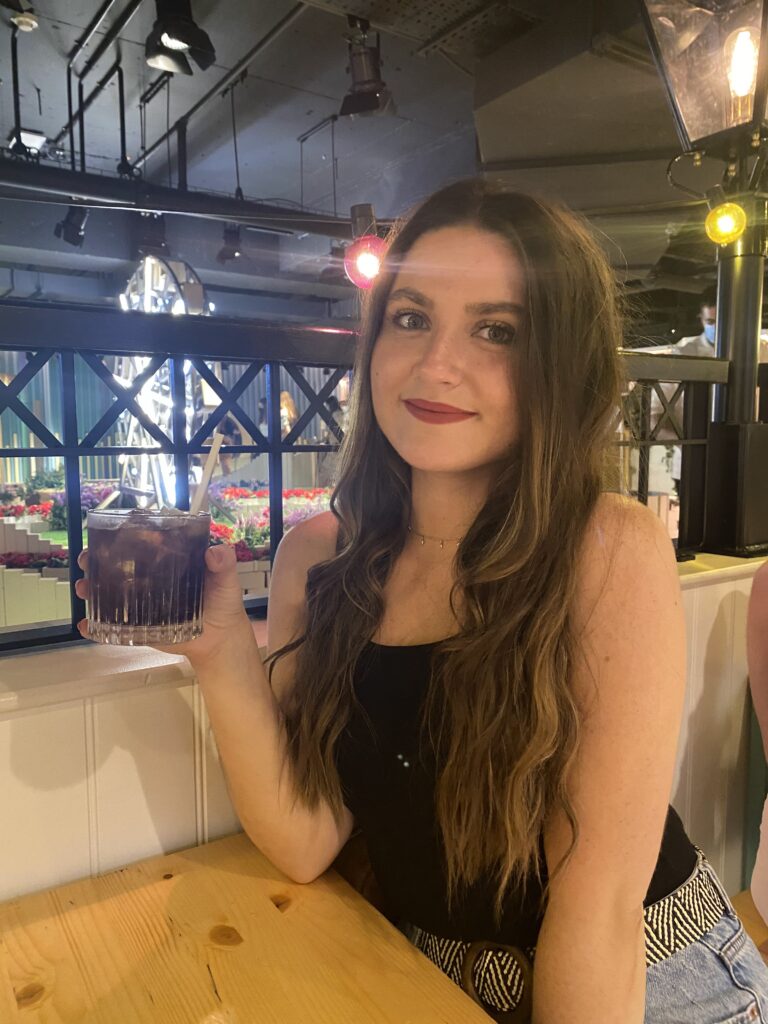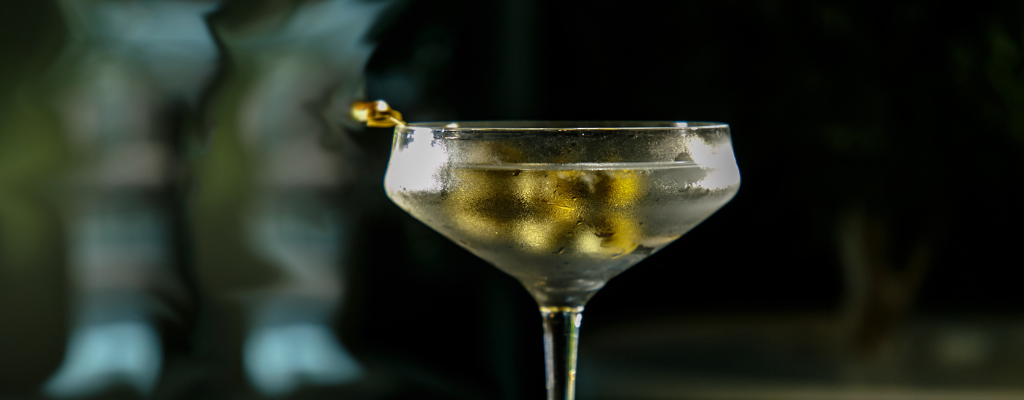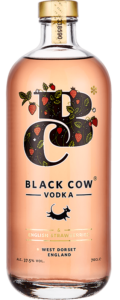Published on August 2, 2023.
Not only a great spirit, but a science.
Did you know that vodka may have been invented as early as the 900’s? Originally made in home stills, it is believed to have first been concocted as a disinfectant and a treatment for wounds. It was later used as medication for anything from infertility to the plague, used as the ‘wonder drug’ to cure all ailments. Although we mainly drink this spirit, it has been proven effective for toothache, preventing poison ivy and even to sooth and disinfect a jellyfish sting.
Currently, vodka is one of the strongest liquors on the market, especially the Polish variety that can reach an ABV of 80%.
Although a lot of vodka is consumed in cocktails and with mixers, it is also delicious straight or on the rocks. Often stored in the freezer and consumed at low temperatures to tame the heat of the drink. This means that the viscosity and richness of the spirit is stronger and more pleasant.
Traditional, straight liquor is not for everyone; therefore, flavoured vodkas were created around the 13th century. Roots, honey, herbs and botanical essences were added to make raw, just-out-of-the-still, liquor more palatable. Now, fruity and sweeter flavours are very popular, especially with younger drinkers.
The Chemistry
- Combine the base ingredients. Vodka makers will mix grains to make a fermented base out of wheat malt, flaked maize, or rye which is then mixed with water and yeast. The mixture (sometimes called “vodka mash”) is then heated and stirred.
- Ferment the base. It is then stored for a specified amount of time which is often between one and two weeks. This fully ferments the mixture and breaks down the compounds to produce simple, natural alcohol called ethanol or ethyl alcohol.
- Strain the mixture. Once fermentation is complete, the liquid is strained off the liquid from the fermented solids. The solids are discarded and the liquid (ethanol) is used to make vodka.
- Distill. After the distillation process, the liquid is purer and more alcoholic as it is heated, vaporized and re-condensed into a liquid. Sometimes the liquid is distilled multiple times.
- Filter. Since traditional vodkas are flavorless and smooth, many vodka makers will add the filtration step to their process. The product is passed through a large filtration system (usually with charcoal or carbon) to ensure the final product has a great, clean mouthfeel.
- Dilute. The next step is to dilute the vodka to the desired alcohol content by testing the alcohol by volume (ABV) and gradually adding water.
The Dirty Martini is about as classic as it gets, and any bar worth its salt should be able to make one. Believed to have originated in New York in 1901, bartender John O’Connor inspired the famous olive garnish.
- Add 60ml vodka, 20ml dry vermouth and 20ml olive brine to a mixing glass filled with ice.
- Stir until well-chilled.
- Strain into a chilled cocktail glass.
- Garnish with skewer of olives.
The perfect classic to add to your venue’s menu all year round. Great for people that love cocktails, but do not want something sweet. Some customers may order theirs in a certain way, make sure to listen to your customer as most martini fans know how they like theirs done.
Share this article
About the author

Chloe Lewis
Chloe looks after all copywriting and proof-reading for Drink Warehouse UK, working with the Marketing team to deliver educational content to all our customers. She has spent many years in the hospitality sector, moving from behind the bar to now helping venues to stock their own. You can find more from Chloe about beer, cider, spirits, wine, non-alcoholic, soft drinks and RTDs all over our blogs, website, social media and Set The Bar magazine.
Click here to receive the latest and greatest promotions, new products, competitions and so much more straight to your inbox.










